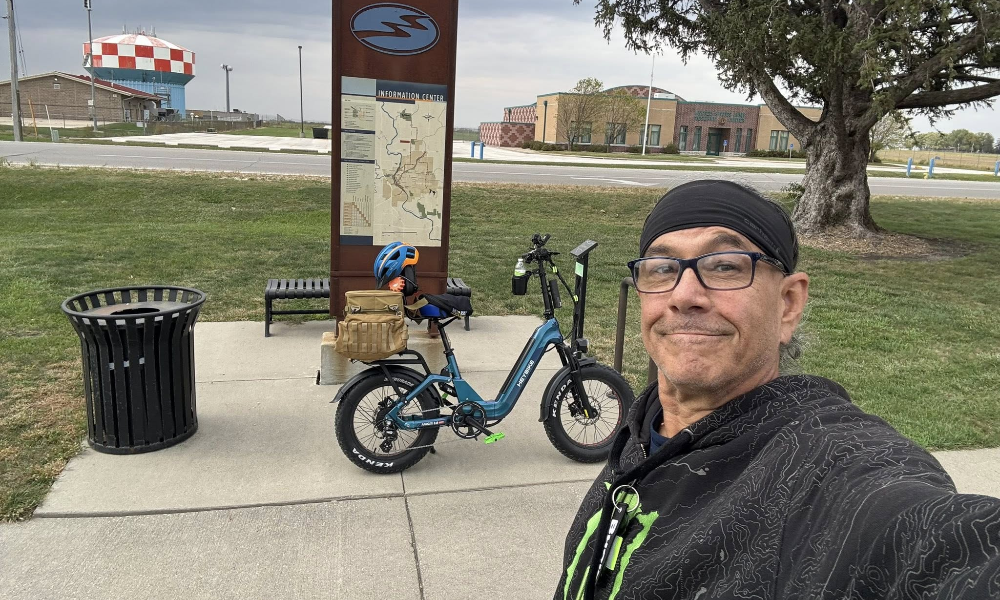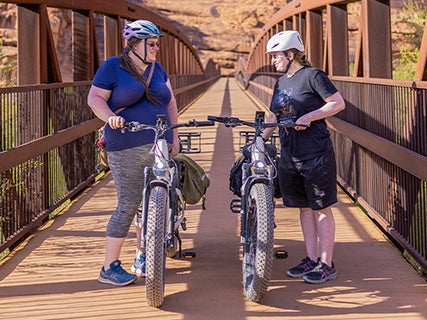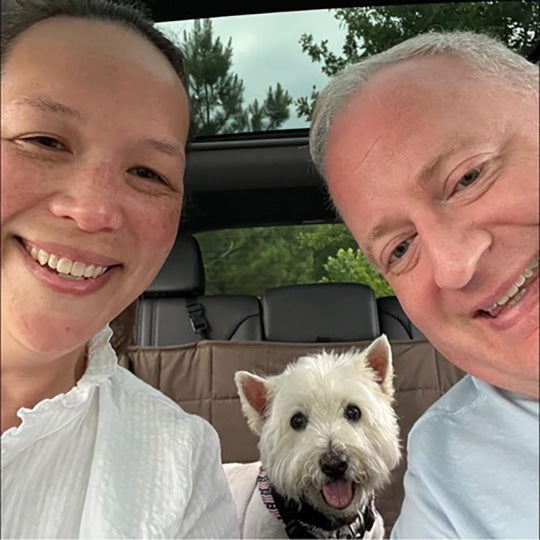Ebike controllers are an integral part of electric bikes that you find around. It functions as the brain of an e-bike and maintains every aspect of it.
The controller helps you to control the speed of the bike, power from the motor, etc. In this post, you get to know about an ebike motor controller and tips to choose the right one for your needs.

What is An Ebike Controller?
An ebike motor controller is a specific component that connects the electrical parts to make the bike perform better. The device connects things such as display, throttle, motor, pedal assistant, battery, and other sensors.
In short, ebike controllers acts as the brain of your ebike. And, it manages all the functions of your bike effectively. In general, these controllers come in a protective sealed box. You can place the controllers on the bike just like an additional device.
However, certain controllers are designed in a way so that you can mount them inside the bike's mainframe. That way, it stays hidden. Most controllers that you find around come in a sealed box for better protection.
How Does an E-bike Controller Work?
Fundamentally speaking, the electric motor in your ebike translates the electrical energy into mechanical energy so that the bike gets the necessary power to perform. The controller derives energy from the battery. It channels the energy to the motor based on user inputs and sensors.
When you twist the throttle, you can regulate the energy of the bike's controller. As such, it helps you to control the bike's speed. The ebike motor controller is responsible to keep track of the pedaling activity, battery voltage, power to the motor, acceleration, speed, and other important functions on the ebike.
Moreover, it controls the pedal assist that you get while riding the bike. However, regional laws define the extent of whether or not you can use a throttle-equipped ebike.
Different Types of Ebike Controller Explained
Ebike controllers are categorized depending on certain criteria. Here are they explained.
1. Ebike controllers by motor types
Brushed DC motor controllers
These kinds of controllers come with permanent magnets along with a collector. Besides, the design of the controllers is simpler. The controllers are a set of keys that regulate the amount of current delivered to the engine.
So, more current means more power, and less current means less power. These kinds of controllers are common in e-bikes, scooters and light EVs. Moreover, these controllers are easy to use and are a preferred choice for DIY enthusiasts and hobbyists.
Brushless DC motor controllers
On most e-bikes, you get to find brushless DC motors and controllers. They are brushless motors that have permanent magnets and offer higher efficiency and reliability. Furthermore, the service and operation of these controllers are simple.
Going by the structure, it looks similar to the brushed controllers. The BLDC motor controllers have three different phases. And, they are controlled by a set of keys. Also, they have a minimum of two transistors (key/MOSFET) per phase. Besides, the keys are like 6, 12, 18, etc., which are multiples of 6.
2. Ebike controllers by functionality
BLDC motor with hall sensors controller. These kinds of motor controllers are based on the Hall Effect. The BLDC motor controllers equipped with hall sensors help to determine the rotor's position according to the stator. It is the motor's fixed part and the rotor consists of the rotating part. Besides, it helps in determining the speed along with other attributes that are needed to run the BLDC motor effectively. Furthermore, the sensors are called rotary encoders that determine the rotor's position.
Tips for Choosing the Right Ebike Controller
Here are the factors that you should consider before choosing the right ebike controller.
1. Controller current rating
When it comes to choosing the right controller, make sure that the current rating should be lower compared to the output current of the battery. In general, the maximum current suited best for a 9-MOSFET ebike controller is 25A. Whereas for a 15-MOSFET you need 40A and for a 6-MOSFET ebike controller, you need 18A.
2. Controller power and voltage
If you are looking for a specific controller with a motor, it is wise to check the power and voltage of the controller. When you are buying a non-programmable controller, make sure that the control voltage has the same voltage as the motor. Also, the controller power should be similar or a bit more than the motor power.
For instance, if the motor voltage has 24V, the controller voltage should have 24V as well. However, if it is a programmable controller, you can limit the extent of power if needed. Besides, the voltage of the controller, motor, and battery should match each other. Because of all this, the controller won't heat and it would perform with stability. As such, it improves the system's reliability.
3. Whether it's a dual-mode controller, non-hall senor, or hall sensor controller
If the ebike motor controller houses a hall sensor, the controller will be dual-mode or hall sensor. The sensor detects rotation in the motor and the controller produces the voltage based on the signals from the sensor.
It has low power consumption and is more stable. Also, it has a bigger start torque. If the hall sensor isn't working, the controller displays an error and discontinues to work whereas the dual-mode controller keeps on working.
4. Choose between square or sine wave controller
Both these types of controllers differ in voltage phase waveform. One will generate a rectangular waveform whereas the other one produces a sinusoidal one. The sine wave is popular because they produce low noise. Also, they provide great efficiency when you take your ebike uphill or carry the load.
5. Battery and phase current
You should ensure that the phase current and battery current are the same. When the controller provides current in excess to the controller, it will heat up more. The phase current in the ebike's controller should match the motor current.
Conclusion
There is no shortage of different types of e-bike controllers on the market. Certain features such as voltage, control functions, controller dimensions, etc. are crucial for your ebike to perform better. Hence, consider the parameters discussed above when it comes to choosing the right one.



Share:
Useful Tips for Choosing Bikes for Women
E-Bike Helmets vs. Regular Ones